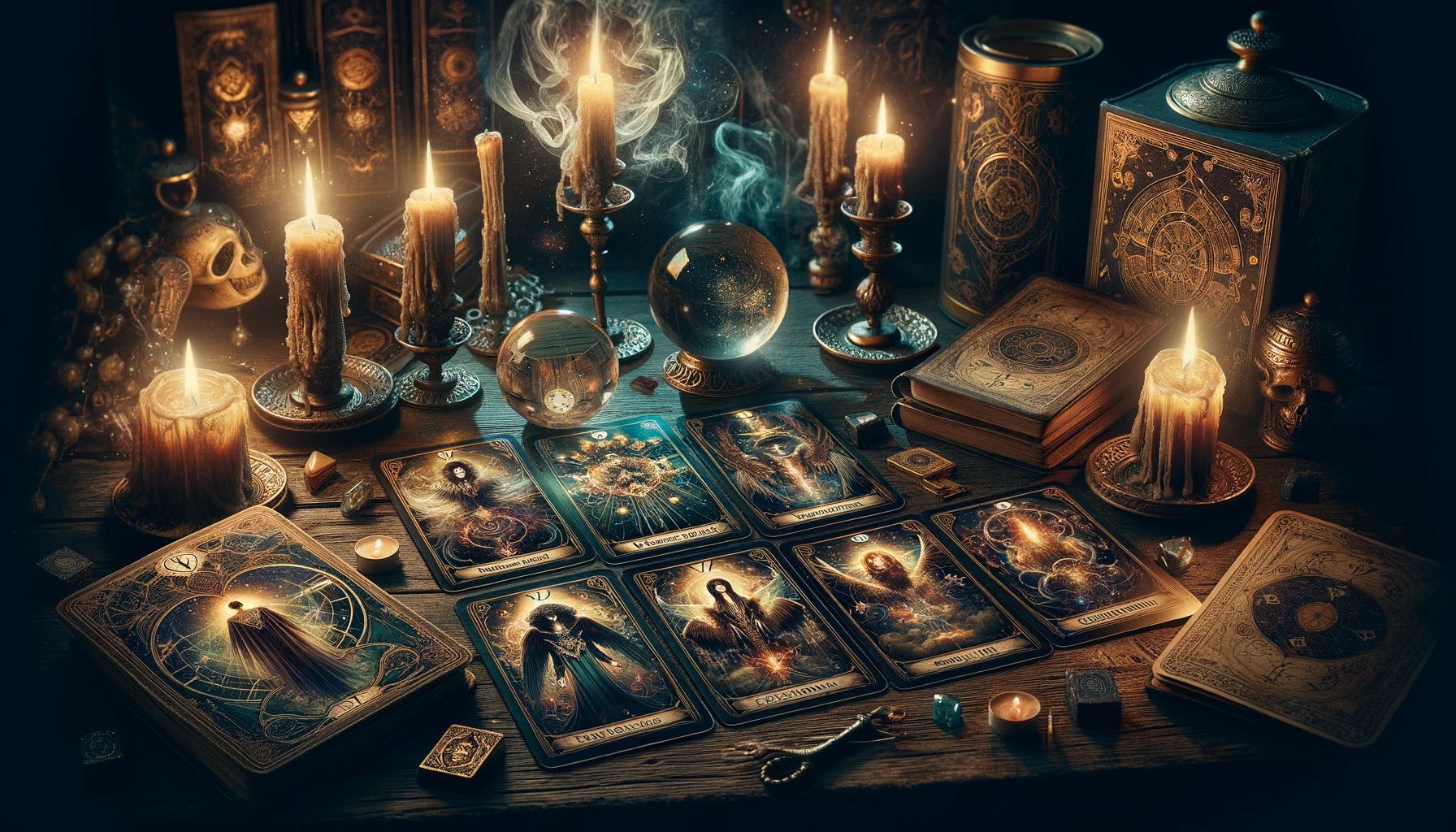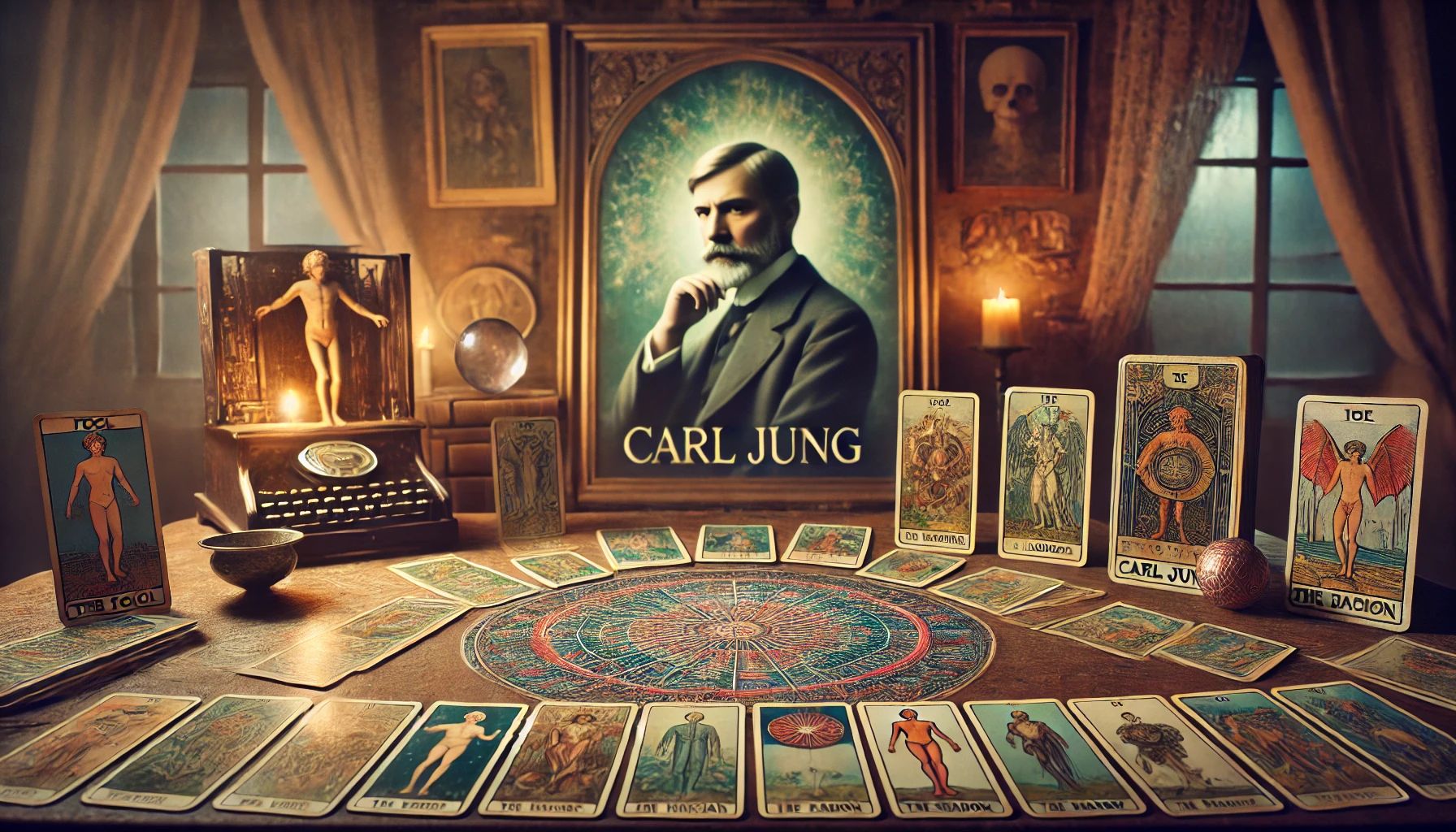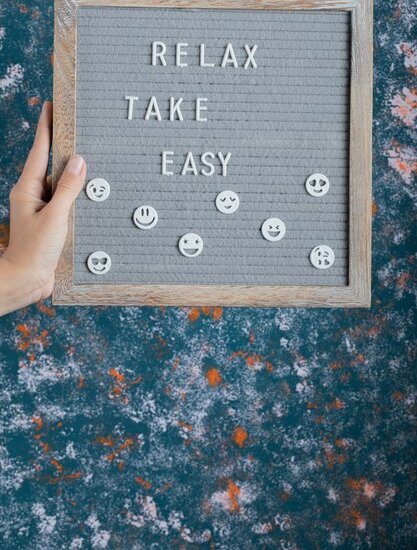5 Fascinating Facts About Tarot Everyone Should Know

The enigmatic world of Tarot cards has captivated imaginations for centuries. More than just tools for divination, Tarot cards are steeped in rich history, intricate symbolism, and profound cultural significance. Whether you’re an experienced Tarot reader or a curious newcomer, these five fascinating facts about Tarot will deepen your appreciation for this ancient practice. For those interested in exploring Tarot further and seeking unlimited Tarot readings for all your questions, visit tarotempress.com.
1. The Mysterious Origins of Tarot
Historical Beginnings
While Tarot is now deeply associated with mysticism, its origins are more secular. The first known Tarot cards appeared in 15th-century Europe, specifically in Italy, as a game called “Tarocchi.” These early decks were used primarily for playing a trick-taking game similar to bridge, rather than for fortune-telling. These cards were richly decorated and often commissioned by wealthy families, reflecting the artistic and cultural values of the time.
The decks often depicted noble figures, mythical creatures, and allegorical scenes, providing a glimpse into the social and artistic milieu of Renaissance Europe. The intricate designs and craftsmanship of these early Tarot cards have made them valuable historical artifacts, studied by historians and art enthusiasts alike.
Evolution into Divination
It wasn’t until the 18th century that Tarot began to be used for divination and occult purposes. Antoine Court de Gébelin, a Swiss clergyman, was one of the first to suggest that Tarot cards had hidden meanings and were connected to ancient Egyptian mysteries. In his work “Le Monde Primitif,” published in 1781, de Gébelin argued that the symbolism in Tarot cards was derived from the sacred wisdom of ancient Egypt, passed down through the ages.
5 Fascinating Facts About Tarot Everyone Should Know part 2
This theory, although historically inaccurate, sparked a widespread interest in the esoteric aspects of Tarot. Soon, occultists and mystics began to explore the cards as a tool for divination and spiritual insight. The idea that Tarot cards held secret, ancient knowledge resonated with the growing interest in mysticism and the occult during the 18th and 19th centuries.
Cultural Spread
Tarot quickly spread throughout Europe, with each region developing its unique style and interpretation of the cards. The most notable early decks include the Tarot of Marseilles and the Visconti-Sforza Tarot, which still influence modern Tarot decks. The Tarot of Marseilles, with its bold and simple imagery, became a standard for many later decks, while the Visconti-Sforza Tarot is celebrated for its elaborate and detailed artwork.
As Tarot spread, it absorbed influences from various cultural and spiritual traditions. In France, for instance, the Tarot was integrated into the practice of cartomancy, a form of fortune-telling using cards. In England, the Hermetic Order of the Golden Dawn, a secret society dedicated to the study of the occult, developed its system of Tarot interpretation, which greatly influenced modern Tarot readings.
2. A Deck of Many Layers
Major and Minor Arcana
A Tarot deck is more than just a collection of cards; it’s a symbolic map of the human experience. The deck consists of 78 cards divided into two main sections:
- Major Arcana: Includes 22 cards that represent significant life themes and spiritual lessons. These cards are often seen as the core of the Tarot deck and include well-known figures like The Fool, The Magician, and The High Priestess. Each card in the Major Arcana is a powerful symbol, representing key stages in the journey of life and spiritual development.
- The Fool: Represents new beginnings, innocence, and a leap of faith.
- The Magician: Symbolizes willpower, creativity, and the ability to manifest desires.
- The High Priestess: Embodies intuition, mystery, and the subconscious mind.
- Minor Arcana: Consists of 56 cards that deal with everyday events and situations. These cards are divided into four suits: Cups, Pentacles, Swords, and Wands. Each suit contains ten numbered cards and four court cards (Page, Knight, Queen, and King). The Minor Arcana provides a detailed and nuanced view of the various aspects of daily life.
- Cups: Associated with emotions, relationships, and creativity.
- Pentacles: Linked to material aspects, career, and physical health.
- Swords: Represent thoughts, conflicts, and intellectual pursuits.
- Wands: Symbolize action, passion, and personal growth.
Symbolism and Interpretation
Each card in the Tarot deck is laden with imagery that can be interpreted in myriad ways. For example:
- The Tower: Often signifies sudden change or upheaval, a breakdown of old structures to make way for new growth. The imagery of lightning striking a tower and figures falling can evoke feelings of chaos and destruction, but also the potential for liberation and transformation.
- The Star: Represents hope, inspiration, and a sense of spiritual renewal. The image of a serene figure pouring water under a starry sky suggests tranquility, healing, and a connection to higher guidance.
The meanings of the cards can vary depending on the reading context, the spread used, and the reader’s intuition. This flexibility and depth make Tarot a powerful tool for introspection and guidance. A single card can tell a different story depending on its position in a spread and its relation to other cards, providing a rich and dynamic narrative.
3. Influence on Popular Culture
Tarot in Literature
Tarot has had a profound impact on popular culture, appearing in literature, movies, and music. Notable examples include:
- “The Waste Land” by T.S. Eliot: This famous poem incorporates Tarot imagery, reflecting the poet’s interest in the mystical and the arcane. Eliot’s use of Tarot cards like The Hanged Man and The Wheel of Fortune adds a layer of symbolic complexity to the poem, connecting personal and universal themes.
- “The Hanged Man” in Neil Gaiman’s “The Sandman”: Tarot cards play a significant role in this graphic novel series, highlighting their symbolic power. Gaiman’s portrayal of characters like The Hanged Man and Death draws on Tarot’s rich imagery to explore themes of destiny, transformation, and the human condition.
Tarot in Movies and Television
- James Bond film “Live and Let Die”: Features a villain who uses Tarot cards, adding to the film’s mysterious and exotic atmosphere. The Tarot scenes in the movie are used to create suspense and intrigue, tapping into the cultural fascination with fortune-telling and the occult.
- “The Chilling Adventures of Sabrina”: Tarot readings are frequently depicted, showcasing their cultural relevance and appeal. The show uses Tarot as a tool for character development and plot advancement, highlighting the cards’ role in exploring hidden truths and guiding decisions.
Tarot in Music and Art
- David Bowie’s “Station to Station”: The album cover features the artist drawing the Tree of Life from the Kabbalah, closely related to Tarot symbolism. Bowie’s interest in mysticism and the occult is evident in his music and visual art, where he often incorporated esoteric symbols and themes.
- Salvador Dalí’s Tarot Deck: The famous surrealist painter created his own Tarot deck, blending his unique artistic vision with traditional Tarot imagery. Dalí’s deck is a testament to the Tarot’s enduring appeal and its ability to inspire creativity and innovation. The cards feature surreal and dreamlike scenes, merging classical Tarot symbols with Dalí’s distinctive style.
4. Tarot and Carl Jung
Jungian Psychology and Tarot
Renowned psychologist Carl Jung saw Tarot as a way to explore the human psyche. He believed the cards represented archetypes of the collective unconscious, making them powerful tools for introspection and personal growth. Jung’s theories on archetypes and the collective unconscious provided a framework for understanding the universal symbols found in Tarot.
Archetypes in Tarot
- The Fool: Represents the archetype of the innocent adventurer, embarking on a journey of self-discovery. The Fool’s journey through the Major Arcana mirrors the process of individuation, where one integrates different aspects of the self to achieve wholeness.
- The Shadow: Symbolized by cards like The Devil, representing the darker aspects of the self that must be acknowledged and integrated. Jung believed that confronting and integrating the Shadow was essential for personal growth and psychological health.
Tarot in Therapy
Jung’s theories have led many to use Tarot in therapeutic settings, helping individuals uncover hidden aspects of their personalities and life paths. Tarot readings can serve as a catalyst for deep psychological insights and emotional healing. For example, a therapist might use the cards to help a client explore their feelings about a particular situation, uncovering underlying fears and desires.
Therapeutic Tarot readings often focus on the client’s current life circumstances, relationships, and inner conflicts. The cards can provide a visual and symbolic language that helps clients articulate and understand their experiences. By engaging with the imagery and symbolism of the Tarot, clients can gain new perspectives and insights, facilitating personal growth and transformation.
5. Modern Tarot Renaissance
Resurgence in Popularity
In recent years, Tarot has experienced a renaissance, gaining popularity among younger generations. This resurgence is partly due to social media platforms like Instagram and TikTok, where Tarot readers share insights and connect with audiences worldwide. The visual and interactive nature of these platforms makes them ideal for showcasing Tarot readings, card interpretations, and spiritual advice.
Contemporary Practices
Modern Tarot readers often blend traditional interpretations with contemporary perspectives, making the practice more accessible and relevant than ever before. Online readings, digital Tarot apps, and virtual communities have democratized access to Tarot, allowing more people to explore this ancient art. Many readers incorporate elements of self-care, mindfulness, and personal empowerment into their practice, reflecting broader cultural trends.
- Online Tarot Communities: Social media platforms host vibrant communities of Tarot enthusiasts who share their readings, discuss card meanings, and support each other’s spiritual journeys. These communities foster a sense of connection and belonging, making Tarot practice more inclusive and collaborative.
- Tarot Apps and Digital Tools: A variety of Tarot apps offer digital card readings, daily horoscopes, and educational resources. These tools make it easy for users to integrate Tarot into their daily lives, providing guidance and inspiration at their fingertips.
Influence of Technology
Technology has also influenced the design and distribution of Tarot decks. Many artists now fund their Tarot projects through crowdfunding platforms, creating innovative and inclusive decks that reflect diverse experiences and identities. These new decks often challenge traditional imagery and symbolism, offering fresh and contemporary interpretations.
- Crowdfunded Decks: Platforms like Kickstarter and Indiegogo have enabled artists to create and distribute unique Tarot decks without relying on traditional publishers. These decks often feature diverse and inclusive representations, addressing the needs and interests of modern Tarot readers.
- Virtual Tarot Readings: The rise of virtual Tarot readings has made it possible for people to receive guidance from skilled readers regardless of geographic location. Video conferencing tools allow for interactive and personalized readings, bridging the gap between traditional face-to-face sessions and modern digital interactions. For those intrigued and seeking unlimited Tarot readings, visit https://tarotempress.com/.
Tarot cards are more than just tools for divination; they are windows into the human soul, rich with history, symbolism, and cultural significance. Whether used for guidance, introspection, or artistic inspiration, Tarot continues to captivate and enlighten those who explore its depths. By understanding these fascinating facts, you can appreciate the profound wisdom and mystery that Tarot offers, inviting you to embark on your own journey of discovery.


